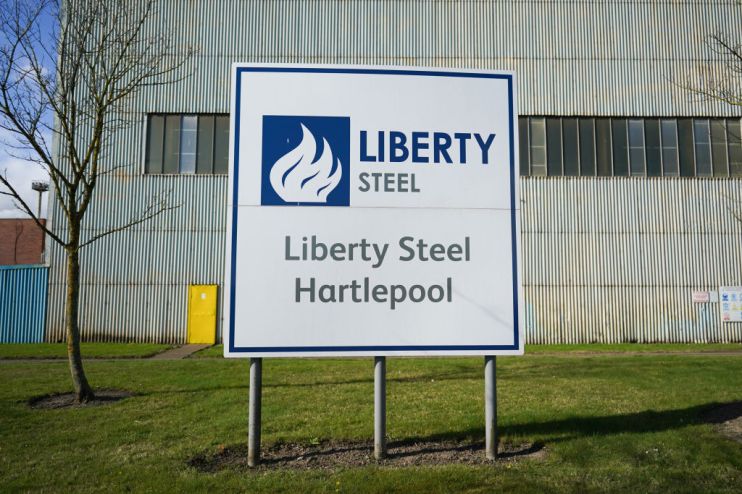Liberty Steel was a distraction. There is a race for clean steel and Britain is losing

The threat to Sanjeev Gupta’s Liberty Steel empire brought back an ancient debate. There were the predictable calls for the government to intervene, bail them out, save jobs, while ministers continue to try and keep the plants running. It is a familiar cycle of struggle and rescue. But the steel industry has one foot stuck in the past and without investment pushing for greener technologies, it is at risk of losing the race to survive altogether.
We need to be thinking seriously about long term solutions to ensure that this strategically vital industry survives for the long term, particularly as climate change targets make decarbonising industry a priority.
At its heart, the question about the long-term future of steel is a relatively straightforward one: as the world continues to tackle climate change and the UK moves towards a net zero future, how can we support an industry responsible for around eight per cent of all direct emissions from fossil fuels?
Steel is traditionally made in energy hungry blast furnaces, relying heavily on highly polluting coal to fuel them. Even today, over 70 per cent of the world’s steel is made this way, meaning the industry has an enormous carbon footprint. To put it simply: every tonne of steel produced globally sends almost two tonnes of CO2 on average into the atmosphere.
There are some immediate solutions: we can use less steel through better design, recycle what we already have and use steel products for longer. That plays to the UK’s advantage, building on our expertise to produce more highly engineered, premium products. We have enough scrap steel to meet much of our domestic needs and should be putting it to good use, rather than exporting it, while importing finished steel products made elsewhere.
However, the biggest emissions savings will be from transforming the primary steel industry for a low carbon future through new and emerging technologies. That’s a big research and investment challenge, especially for an industry that has been to the brink and back a number of times in recent decades.
This is not a debate around whether we should have a clean steel industry or stick with the traditional model. The world is moving in one direction, in all the industries of the future, low carbon will be standard. If British steelmaking isn’t rapidly adapted then our jobs, innovation and international trade will all suffer while other countries benefit. Going green on its own is not a guarantee of success but not doing so will make failure certain.
This is why there needs to be a concerted effort to explore the use of hydrogen to make steel. Other nations are already racing ahead of us including other steelmaking giants like Germany, Sweden and China.
In the UK the government’s advisers, the Climate Change Committee (CCC), announced in March that emissions from the sector could be virtually eliminated by 2035. While the Government has pledged to take wider action, we need an official commitment to the CCC’s 2035 target and a clear roadmap to that point fast.
Few other industries have made such a big mark on the world as Britain’s steel. If we are serious about continuing that heritage then it’s time we got into the race for clean steel before we are left behind forever.